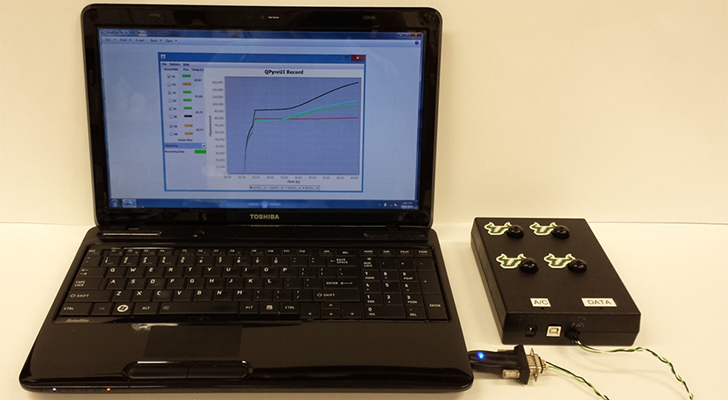Scientists at the University of South Florida’s (USF) College of Marine Science have developed a device to detect mislabeled seafood.

The handheld sensor uses real-time nucleic acid sequence-based amplification (RT-NASBA) to investigate seafood samples.
The QuadPyre version of RT-NASBA provides accurate detection of grouper substitution on cooked fish at the point of restaurant service, even when the samples are masked by breading or sauces, scientists claim.
USF College of Marine Science Distinguished University Professor John Paul said: "Using the hand-held device, a complete field assay, potentially carried out at the point of purchase, requires fewer than 45 minutes for completion and can be performed entirely outside of the lab.
"Some past assay procedures could take hours, even days to identify samples."
The university's spinoff company PureMolecular is commercialising the fraud fish detection technology under the name GrouperChek. The handheld instrument itself is a portable version of the lab-based benchtop model developed previously.
The fraud detection techniques are required as the increasing demand for grouper in the US is being accommodated by foreign imports.
In 2012, more than 4,000 metric tonnes of foreign grouper was imported, creating opportunities for fraud.
Image: The handheld sensor uses real-time nucleic acid sequence-based amplification (RT-NASBA) to investigate seafood samples. Photo: courtesy of University of South Florida.